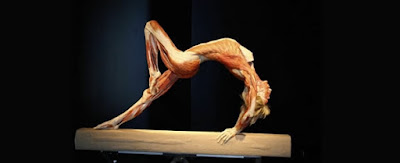Week 4: Medtech + Art

Niiler, Eric. "Mind-Controlled Prostheses Let Hands Feel Again : DNews." DNews. N.p., 8 Oct. 2014. Web. 29 Apr. 2017. Medical technology mixed with art is another version of the blending of science and art. Discussed in the lecture video, human dissection was a very frequent phenomenon going back to the era of the ancient egyptian's that fused anatomy with artistry. Direction allowed for knowledge and understanding bone structure and anatomical makeups that dissectionists had to be aware of when making their artistic incisions. Medical technology has progressed and is used everyday across the world in ways like: x-Rays, MRI's, and CT scans. The increase of use and progress in medical technology was a direct result of the increases progress and understanding if the human body, which is a form of art. Niiler, Eric. "Mind-Controlled Prostheses Let Hands Feel Again : DNews." DNews. N.p., 8 Oct. 2014. Casini, Silvia. "Magnetic Resonance Imag


